Discourse I & II
Abeo Teammates attended a San Francisco’s Coalition of Essential Small Schools (SF-CESS) Equity-Based Individual Inquiry Group (iGroup) Facilitator Training. During the training, we engaged with the “Changing the Discourse in Schools T-Chart” as a key lever for true transformation in schooling.
“...the current dominant discourse in schools (how people talk about, think about and plan the work of schools and the questions that get asked regarding reform or change) is a hegemonic cultural discourse. The consequence of this discourse is to maintain existing schooling practices and results. We call this Discourse I.
If the announced purpose of school reform, to educate everyone well, is taken seriously, then a different, more critical discourse (which we call Discourse II) must precede and guide reform (Aronowitz, 1994; Fullan, 1988; Kilmann et aI.,1985). It must prepare a cultural ground for change. The most serious question facing substantive school reform is how to create Discourse II in school cultures.” - Banks, Parish, and Smith
In other words, “our beliefs influence our actions, which can either reproduce OR transform results and outcomes” (National Equity Project).
As coaches, we’ve been discussing and examining our own use of Discourse II with the schools and systems we serve. Here are some of the reflective questions we’re asking ourselves.
How intentional are we with our own language around transformation?
Are we listening carefully for how our clients talk about schooling within their systems - does the discourse perpetuate the dominant culture?
How does the way in which our clients think and talk about schooling impact their actions?
Are we coaching our clients into a space of possibility and transformation or maintaining the status quo?
For further learning, read Chapter 6: Changing the Discourse in Schools from Race, Ethnicity, and Multiculturalism Policy and Practice.
